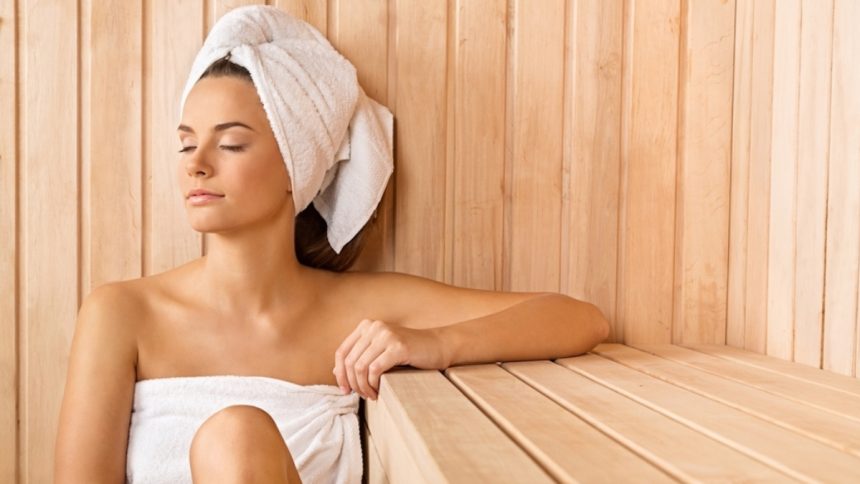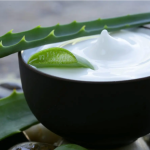The allure of the sauna has stood the test of time, from ancient Finnish traditions to modern wellness trends. These sweat lodges offer more than just a warm retreat; they bring profound health benefits that are capturing the interest of an increasing number of people. Why are saunas more popular than ever, and how can integrating them into your routine enhance your well-being? Let’s dive into the steamy details.
Unlocking the Heat
Saunas, traditionally wood-lined rooms heated by rocks or electric heaters, create an environment where temperatures soar, typically between 150°F and 195°F. This intense heat induces a deep sweat. The practice, deeply ingrained in cultures like Finland, where almost every household has a sauna, has spread globally due to its compelling health advantages.
The primary benefit of regular sauna use is enhanced cardiovascular health. The heat causes blood vessels to dilate, improving circulation and lowering blood pressure. This cardiovascular workout, akin to a mild exercise session, can be particularly beneficial for those who might find physical activity challenging due to age or health conditions. Studies also show that regular sauna sessions can mimic the cardiovascular effects of aerobic exercise, dubbed “passive cardio.”
Beyond the heart, the heat from saunas helps relax muscles, easing pain and stiffness. This can be a boon for athletes seeking muscle recovery or anyone wanting relief from conditions like arthritis. The heat also stimulates the release of endorphins, the body’s natural pain-relieving and happiness chemicals, which can reduce the effects of stress and promote a more peaceful state of mind.
Modern Sauna Culture
As wellness becomes a priority for more people, finding local gyms with saunas has become a popular trend. These facilities are not just about fitness but are becoming holistic wellness hubs that cater to all aspects of health, physical and mental. Saunas are a key feature, enticing those who seek a comprehensive approach to wellness.
Integrating sauna sessions into a fitness regimen can amplify your efforts. The heat helps loosen muscles, making them more pliable for exercise and reducing the risk of injury. Post-workout, a sauna can accelerate muscle recovery by increasing blood flow to tired muscles, helping flush out lactic acid and other metabolic waste.
The social aspect of saunas in gyms also cannot be underestimated. They become spaces of communal relaxation where people unwind after a tough workout, sharing experiences and goals. This community-building aspect adds a layer of emotional well-being to the physical benefits, creating a positive feedback loop that encourages regular visits.
With the rising interest in holistic health, gyms are increasingly incorporating saunas into their offerings. This trend is not only about meeting customer demands but also about gyms distinguishing themselves in a competitive market. Providing a sauna can be a deciding factor for potential members, making gyms with these facilities highly sought after.
Tech Meets Tradition
The intersection of traditional practices like sauna use and modern technology is a fascinating development in the wellness industry. Game-changing wearable tech now allows users to monitor their health metrics in real time, transforming how they interact with traditional health practices like sauna use.
Wearable devices that track heart rate, body temperature, and other physiological markers are becoming increasingly popular among sauna enthusiasts. These devices can help users optimize their sessions by providing data on how their body responds to the heat, allowing for adjustments in duration and frequency to maximize benefits.
This tech-enhanced approach to sauna usage is appealing to a tech-savvy generation that values data-driven insights into their health. It’s not just about sweating it out; it’s about understanding how each session contributes to overall wellness goals. This synergy between ancient traditions and cutting-edge technology is making sauna sessions more personalized and effective.
Incorporating technology into sauna practices also offers new possibilities for those with health conditions that require careful monitoring, making the sauna experience safer and more accessible. This technological integration is just one example of how traditional wellness practices are evolving to fit into a modern lifestyle, making them more relevant and beneficial than ever before.
Detoxification and Skin Health
One of the most celebrated benefits of sauna use is its potential to aid in detoxification. The profound sweating induced by the high heat is believed to flush out toxins through the skin. While the body naturally detoxifies through the liver and kidneys, proponents argue that saunas help reduce the chemical load, potentially giving these organs a breather. This detox effect is not only beneficial for internal health but also reflects externally, contributing to clearer, more radiant skin.
Regular sauna sessions can open pores and cleanse the skin from within. As sweat expels dirt and bacteria, it may prevent clogged pores and acne formation. The increased circulation also brings more nutrients and oxygen to the skin, enhancing its health and appearance. The result is a natural glow that complements any beauty regimen.
Mental Health and Relaxation
The benefits of saunas extend well beyond the physical. The calming heat of a sauna is an excellent way to reduce stress and anxiety. The confined, warm space provides a quiet retreat from the daily stresses, allowing individuals to disconnect, relax, and rejuvenate. This mental quietude is crucial for maintaining overall well-being in today’s ever-connected and sometimes overwhelming lifestyle.
The ritual of sauna use can serve as a form of meditation and mindfulness. The act of sitting still, focusing on breathing, and embracing the warmth can help center the mind, enhancing mental clarity and emotional stability. Regular users often report better sleep patterns, more stable moods, and an overall increase in satisfaction with life.
The resurgence of sauna culture in contemporary wellness circles is more than a trend; it’s a return to age-old practices that resonate with our innate need for balance, healing, and connection. This ancient practice holds modern-day relevance that continues to grow, proving that sometimes, the best way forward is to step back into the warmth of tradition.
Lynn Martelli is an editor at Readability. She received her MFA in Creative Writing from Antioch University and has worked as an editor for over 10 years. Lynn has edited a wide variety of books, including fiction, non-fiction, memoirs, and more. In her free time, Lynn enjoys reading, writing, and spending time with her family and friends.















